
- For PC
- For MAC
- For Linux
- OS: Windows 7 SP1/8/10 (64 bit)
- Processor: Dual-Core 2.2 GHz
- Memory: 4GB
- Video Card: DirectX 10.1 level video card: AMD Radeon 77XX / NVIDIA GeForce GTX 660. The minimum supported resolution for the game is 720p.
- Network: Broadband Internet connection
- Hard Drive: 17 GB
- OS: Windows 10/11 (64 bit)
- Processor: Intel Core i5 or Ryzen 5 3600 and better
- Memory: 16 GB and more
- Video Card: DirectX 11 level video card or higher and drivers: Nvidia GeForce 1060 and higher, Radeon RX 570 and higher
- Network: Broadband Internet connection
- Hard Drive: 95 GB
- OS: Mac OS Big Sur 11.0 or newer
- Processor: Core i5, minimum 2.2GHz (Intel Xeon is not supported)
- Memory: 6 GB
- Video Card: Intel Iris Pro 5200 (Mac), or analog from AMD/Nvidia for Mac. Minimum supported resolution for the game is 720p with Metal support.
- Network: Broadband Internet connection
- Hard Drive: 17 GB
- OS: Mac OS Big Sur 11.0 or newer
- Processor: Core i7 (Intel Xeon is not supported)
- Memory: 8 GB
- Video Card: Radeon Vega II or higher with Metal support.
- Network: Broadband Internet connection
- Hard Drive: 95 GB
- OS: Most modern 64bit Linux distributions
- Processor: Dual-Core 2.4 GHz
- Memory: 4 GB
- Video Card: NVIDIA 660 with latest proprietary drivers (not older than 6 months) / similar AMD with latest proprietary drivers (not older than 6 months; the minimum supported resolution for the game is 720p) with Vulkan support.
- Network: Broadband Internet connection
- Hard Drive: 17 GB
- OS: Ubuntu 20.04 64bit
- Processor: Intel Core i7
- Memory: 16 GB
- Video Card: NVIDIA 1060 with latest proprietary drivers (not older than 6 months) / similar AMD (Radeon RX 570) with latest proprietary drivers (not older than 6 months) with Vulkan support.
- Network: Broadband Internet connection
- Hard Drive: 95 GB

Bf 110 G9+JM, 4./NJG1, St Trond, France, Feb 1942. skin by rechaze18431 | download here
In the opening months of the Second World War, the might of the German military smashed its way across Western Europe with ground breaking tactics, superior training and state of the art equipment. Across land, air and sea, the German war machine was able to boast some of the best aircraft, armour and warships in the entire world..
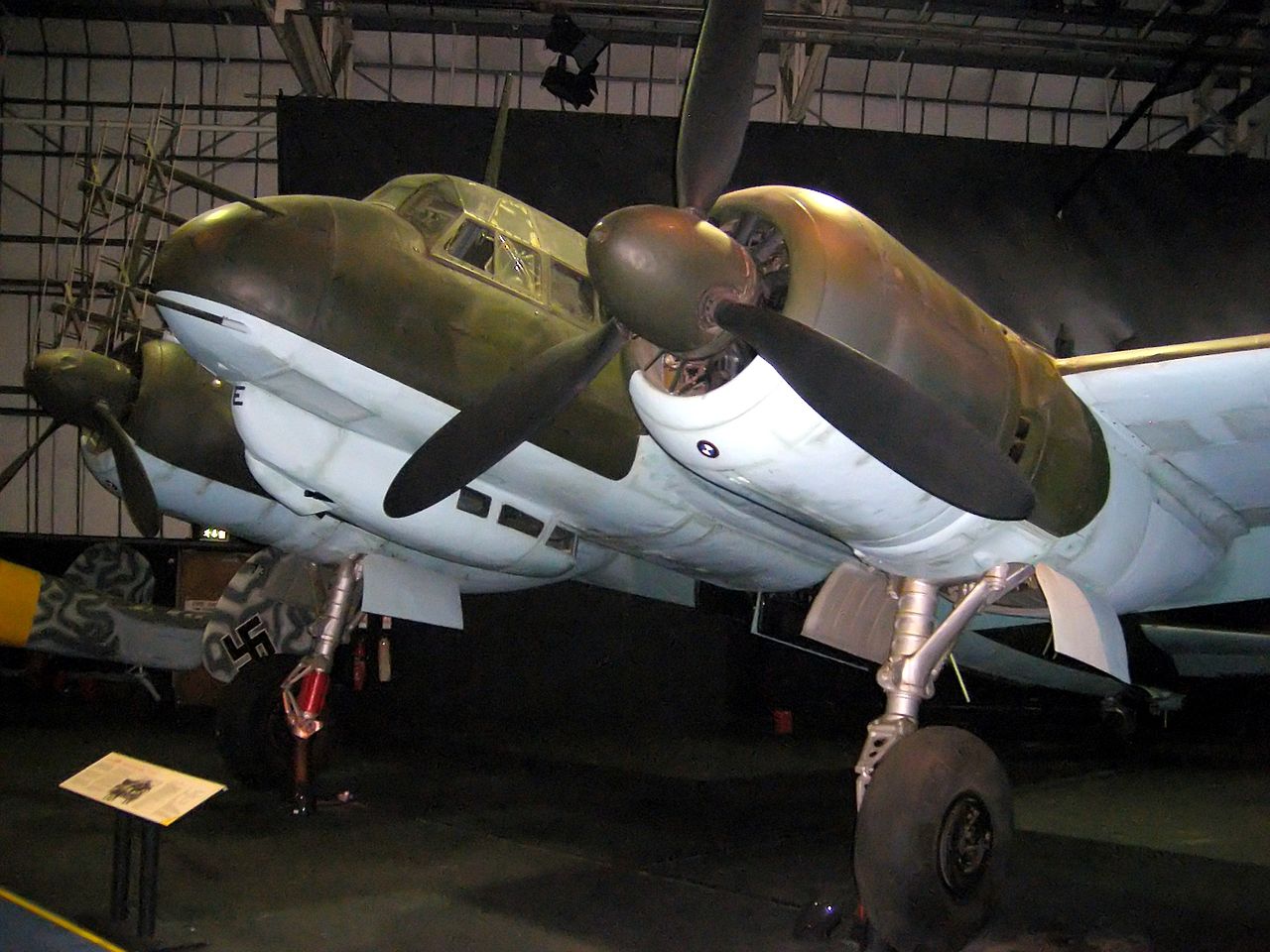 |
| The Ju 88R-1 night fighter captured by the RAF in April 1943 |
However, after head of the Luftwaffe Hermann Goering boldly declared “no enemy plane will fly over Reich territory” it quickly became apparent that a key element of Germany’s defenses had been massively neglected: night fighters. Allied attempts to bomb Germany in the early days of the war consisted of tight formations in broad daylight, relying on speed and interlocking fields of fire for defense. After Luftwaffe fighters decimated many of these raids, RAF Bomber Command turned to almost exclusively bombing Germany and occupied Europe under the cover of darkness. This presented both attacking bombers and defending fighters with a number of problems.
Night flying was, and is, particularly dangerous even in peacetime. It is very difficult and sometimes impossible for the human eye to detect hazardous weather in darkness, and many an aviator has plunged unknowingly into cloud only to find themselves unable to fly back into clear air, with hilly or mountainous terrain hidden only metres ahead. Incidents that would be completely avoidable in the clear light of day suddenly increase markedly during night operations, resulting in a far higher accident rate at night – again, even to this day.
The role of the night fighter had first emerged back in the First World War. German airship raids against England had resulted in the formation of night defence units and given rise to this new, specialist role. However, during the build up to the Second World War many German leaders believed the rapid advances of Blitzkrieg would result in a quick victory, and that defense from enemy bombers was very low on the priority list for procurement and resource allocation.
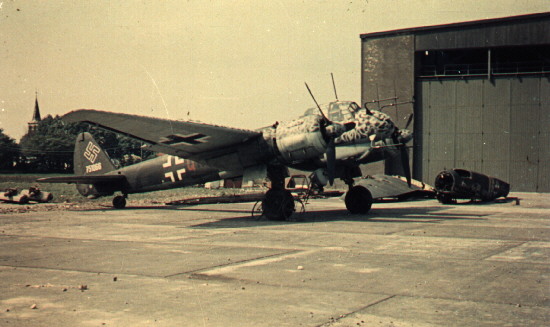 |
| Junkers Ju 88 R-1 night fighter with early/mid 1944 version FuG 220 Lichtenstein SN-2 radar |
After the RAF’s first night strategic bombing raid of German industrial targets in May 1940, Oberst Josef Kammhuber was selected to establish Nachtjagdgeschwader 1, the first Luftwaffe night fighter wing. Kammhuber, himself a Ju-88 pilot, drew his first crews from Zerstörergeschwader units, veterans of Bf110 operations. The Bf110 became the Luftwaffe’s first night fighter in significant numbers – not only did it have the performance and firepower required to deal with enemy bombers, it was also beginning to show significant shortcomings when facing lighter, single engine fighters during daylight operations. Accompanying the Bf110 in this new role were adapted medium bombers; the Do 17, Do 215 and Ju 88 were all modified for this new requirement. However, the lighter Bf110 generally proved to be the most popular choice for the fledgling arm.
The newly black painted aircraft of NJG1 were also adorned with the unit’s new ‘England blitz’ badge and readied for action. In July, Kammhuber set up a Night Fighter Division and HQ for command and control and to integrate with the already existing system of searchlights and AA guns. On the night of July 8th-9th, the Luftwaffe scored its first night fighter kill when Oberfeldwebel Paul Forster, flying one of the Bf109s that had been hastily pressed into service with the new IV.(N) of JG2, shot down an RAF Whitley bomber near Heligoland. He later commented that he was lucky to be in the right place at the right time when searchlights illuminated the bomber.
NJG 1 would score its first kill, also a Whitley, over the Ruhr when a Bf110 shot it down on the night of July 20th-21st. Experience of these attacks gradually began to hone the new defensive system, and standard operating procedures were established based on the experience of these first successes: searchlight operators were ordered to illuminate enemy bombers with no more than six lights simultaneously so as not to blind the night fighter crews. Night fighters were also briefed on no-fly areas which were the sole responsibility of AA gun batteries, who knew they were clear to open fire on any aircraft which was sighted.
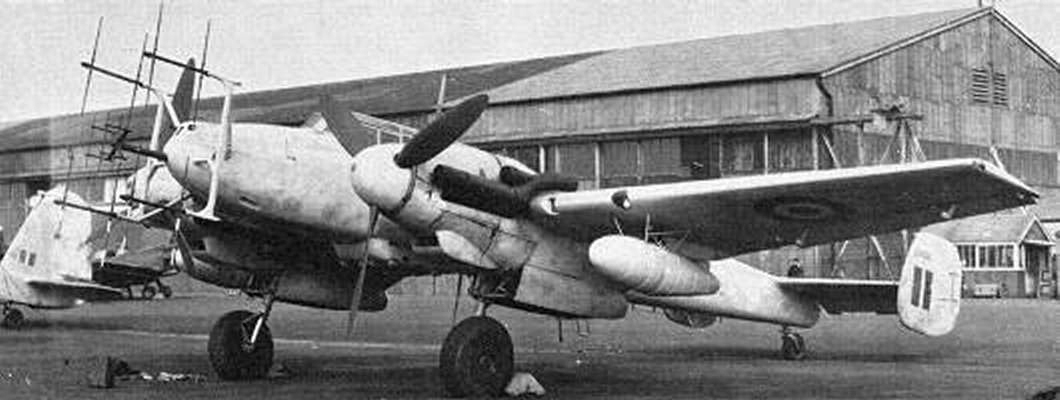 |
| FuG 220 and FuG 202 radar of Me 110 1945 |
On August 1st the organization grew to become XII Fliegerkorps with the newly promoted Generalleutnant Kammhuber retaining command. By the end of the year, the organization’s strength had been increased to six Gruppen. By September, the night fighters were now taking the fight to the enemy with intruder raids over Britain itself: the longer range Ju 88s were used to attack RAF bombers not only on route to their targets, but also at their home airfields.
As experience and proficiency grew, the Luftwaffe night fighters became more familiar with their foe – Blenheims and Hampdens were generally regarded as relatively easy targets, but the tougher and better defended Wellington required a little more caution – standard operating procedures called for a beam or quarter attack, but never to line up for an attack run from the rear.
The growing danger of the now feared German night fighter force resulted in RAF Bomber Command developing their own evasive maneuver – the ‘corkscrew’ – which was a series of steep climbing and diving turns in alternative directions. A simple enough maneuver to follow during the day, it was far more effective at night when the only limits of the human eyeball needed to be defeated to secure an escape route. However, the counter tactic to this involved simply slowing down and flying straight and level to wait for the bomber to reappear ahead of the night fighter.
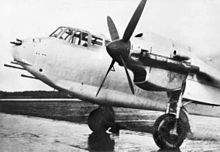 |
| A Dornier Do 217 N-2 night fighter without radar |
By the end of 1940, the hastily assembled unit had proved its worth – 42 enemy aircraft had been confirmed as destroyed by night fighters as opposed to 30 by German AA gun batteries. However, 1941 would see the RAF introducing into service the first of its four engine heavy bombers with increased defensive armament, as well as switching tactics to much larger formations. The to and fro of technological advancement between RAF Bomber Command and the Luftwaffe night fighters was now well and truly afoot, with radio navigational aids, Schräge Musik and developments in airborne radar all on the horizon.
To get as close as possible to recreating some of the challenges faced by night fighter pilots in War Thunder, it is necessary to play in Simulator Battles. Night fighter crews obviously did not have the red bracket surrounding enemies which helps out players in other modes; it was necessary to close with an aircraft and visually identify it - admittedly just the same as for day crews, but much harder when relying only on a moonlit silhouette. Searchlights are now modelled in War Thunder and, for the night fighter engaged in attacking or defending, will give a brief hint as to the overpowering effect on night vision a searchlight had once it had illuminated an aircraft. And as a final note, Schräge Musik might well seem of limited use in the swirling dogfights of Arcade Battle, but the patient and tactically minded night fighter may well find it far more useful in more realistic modes of battle...
With an upcoming update we will introduce the insignia of the Nachtjagdgeschwader 1 unit:
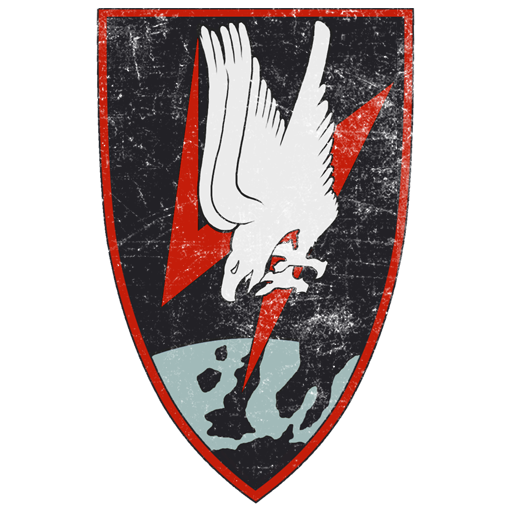
Decal produced by Jej 'CharlieFoxtrot' Ortiz
About The Author
 |
Mark Barber, War Thunder Historical Consultant Mark Barber is a pilot in the British Royal Navy's Fleet Air Arm. His first book was published by Osprey Publishing in 2008; subsequently, he has written several more titles for Osprey and has also published articles for several magazines, including the UK's top selling aviation magazine 'FlyPast'. His main areas of interest are British Naval Aviation in the First and Second World Wars and RAF Fighter Command in the Second World War. He currently works with Gaijin Entertainment as a Historical Consultant, helping to run the Historical Section of the War Thunder forums and heading up the Ace of the Month series. |



